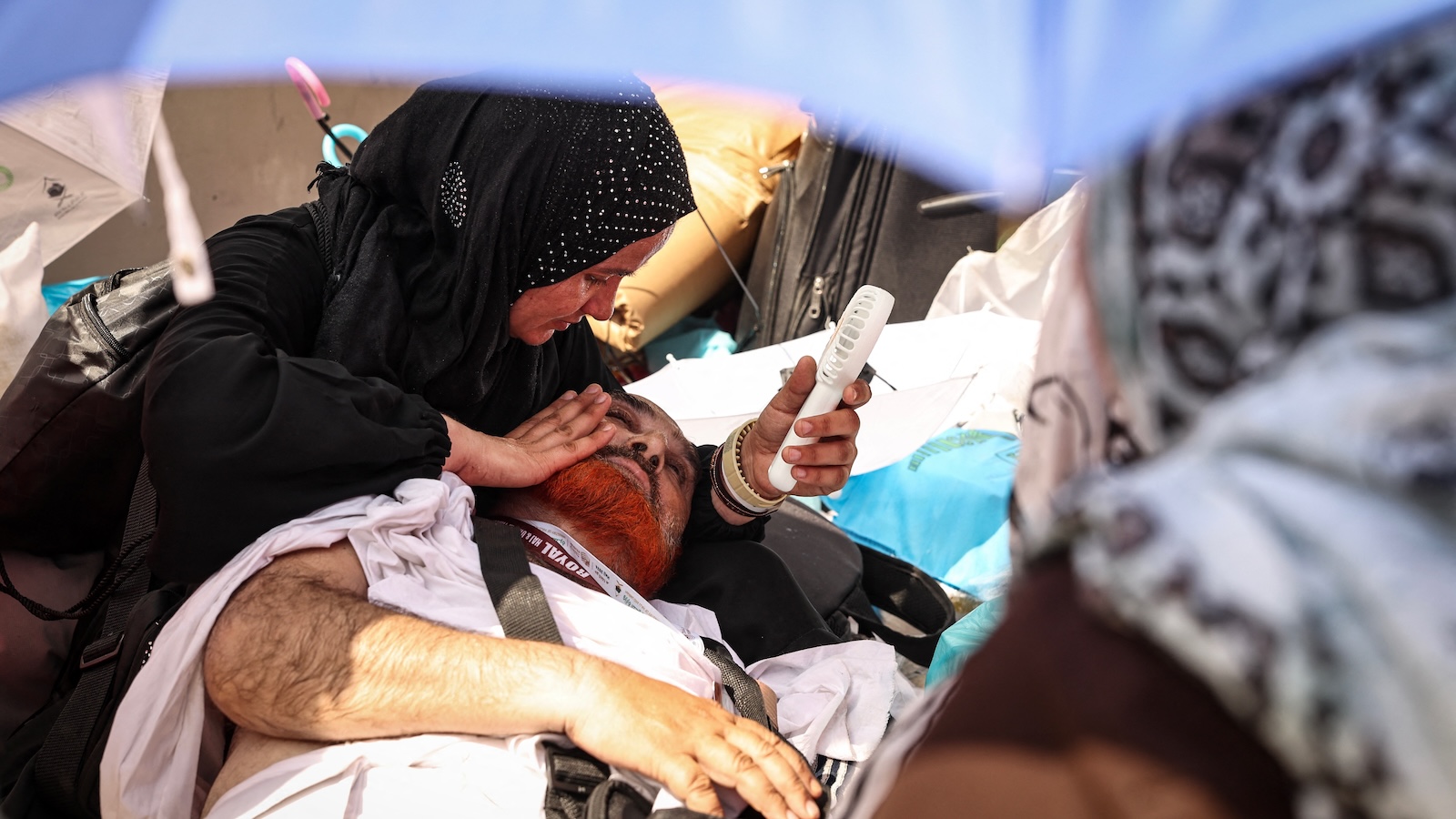The Hajj is a time of great reverence for the Muslims who embark upon the annual pilgrimage to Mecca in adherence with a pillar of Islam. But this year’s gathering was tinged by sorrow as a sustained wave of extreme heat pushed temperatures in the desert city as high as 125 degrees, leading to the deaths of at least 1,301 worshippers.
The government of Saudi Arabia released an official accounting of the fatalities on Sunday. It noted that 83 percent of those killed by the heat were unauthorized pilgrims — meaning they were not among the 1.8 million visitors who had been granted visas. Saudi Health Minister Fahd bin Abdurrahman Al-Jalajel said identifying and tallying the casualties was delayed because many of them did not have identification, the Associated Press reported.
Officials said the death toll may continue to rise as more unauthorized pilgrims are identified. Although deaths are not uncommon during the Hajj — at least 774 died last year — this year’s pilgrimage occurred during a global heatwave that saw more than 1,000 temperature records fall on five continents, the Washington Post reported. The ongoing heat has killed 275 people in Delhi as of Sunday.
“It should be obvious that dangerous climate change is already upon us,” Michael Wehner, a climate scientist at Lawrence Berkeley National Laboratory, told the Post. “People will die because of global warming on this very day.”
As one of the five pillars of Islam, the Hajj is foundational to Muslim life. Every practicing adherent with the physical and financial means to do so is expected to make the pilgrimage to Mecca, a city about 50 miles from the Red Sea, at least once. Because there are more than 1.8 billion Muslims worldwide, the Kingdom of Saudi Arabia provides each country with a quota of visas, which can cost the equivalent of several thousand U.S. dollars. Each year, countless pilgrims make the trip without the proper permits; Saudi officials estimate that “around 400,000 people” did so this year, according to AFP.
Pilgrims with visas typically have access to air-conditioned buses, cooling tents, and other amenities that unauthorized pilgrims often cannot use. The Saudi government noted that many of them “walked long distances under direct sunlight, without adequate shelter or comfort,” according to CNN. “Several elderly and chronically ill individuals” were among the deceased.
One of them, a 70-year-old mother of five, sold her jewelry to make the trip, but couldn’t use the cooling tents and buses the Saudi government provides to registered pilgrims, the BBC reported. On the second day of the Hajj, as temperatures hit 118 degrees, she was left to walk almost 7.5 miles to Mount Arafat, where the faithful congregate to pray and hear a sermon at the last place the Prophet Muhammad preached. She later died on a street corner and was buried in Mecca.
Other pilgrims told CNN that there was not enough water, shade, or medical assistance to support the throngs visiting holy sites in and around the city. They reported regularly seeing people lose consciousness, and of walking past bodies covered in white sheets.
“To me, it felt like there are too many people, there are not enough medics, so they are just waiting for the worst of the worst to happen and then they will step in,” Zirrar Ali, 40, who returned to London on Friday from his pilgrimage with his 70-year-old father, told CNN.
The Hajj is held during the twelfth month of the Islamic lunar calendar, which means the dates relative to the Gregorian calendar shift about 11 days every year, causing the pilgrimage to cycle through the seasons roughly every 33 years. Before the late 2010s, the Hajj had occurred in fall, winter, and spring months, giving the Saudi government ample time to prepare heat-mitigation strategies in response to the last wave of heat-related deaths in the 1980s.
In 1985, the Hajj took place in August and drew just over 1 million pilgrims as temperatures reached a reported 130 degrees, causing more than 1,000 people to die from heat-related causes. In response, Saudi authorities began to implement and expand measures to help visitors handle the heat, including air-conditioned tents and transportation, sprinklers, and free water and umbrellas. In a study published in March, researchers noted that these measures have lead to a significant drop in the rate at which pilgrims die from heat stroke, but also make clear that, as temperatures in Mecca increase at a rate roughly double the global average, “the intensifying heat may be outpacing current mitigation efforts.” This makes clear that ample work must be done for the Hajj to continue to be a viable option for Muslims worldwide — especially since many pilgrims are elderly, able to attend only after a lifetime of saving, and more vulnerable to the heat.
In the near future, the calendrical shift of the Hajj means that the next few years will see the pilgrimage happening in spring, winter, and fall, with reduced likelihood of severe heat. But, eventually, the pilgrimage will once again take place during the summer. At that point, two or so decades from now, the world will be even hotter than it is at present, turning the rituals of the Hajj into a life-threatening ordeal for just about anyone that enters the holy city of Mecca.

